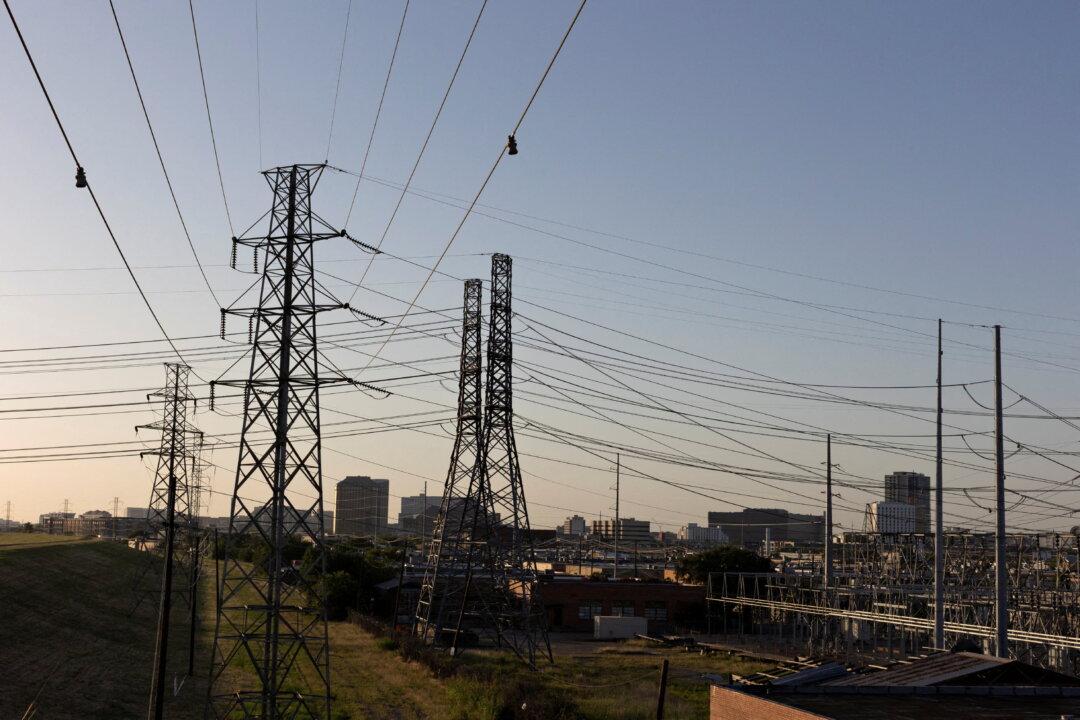More than 20 million households in the United States are behind on their energy bills, according to a recent Bloomberg report based on data from the National Energy Assistance Directors Association (NEADA).
The households in question owe a combined $16 billion in unpaid utility bills, with the average balance owed climbing to $792, a 97 percent jump since 2019.





